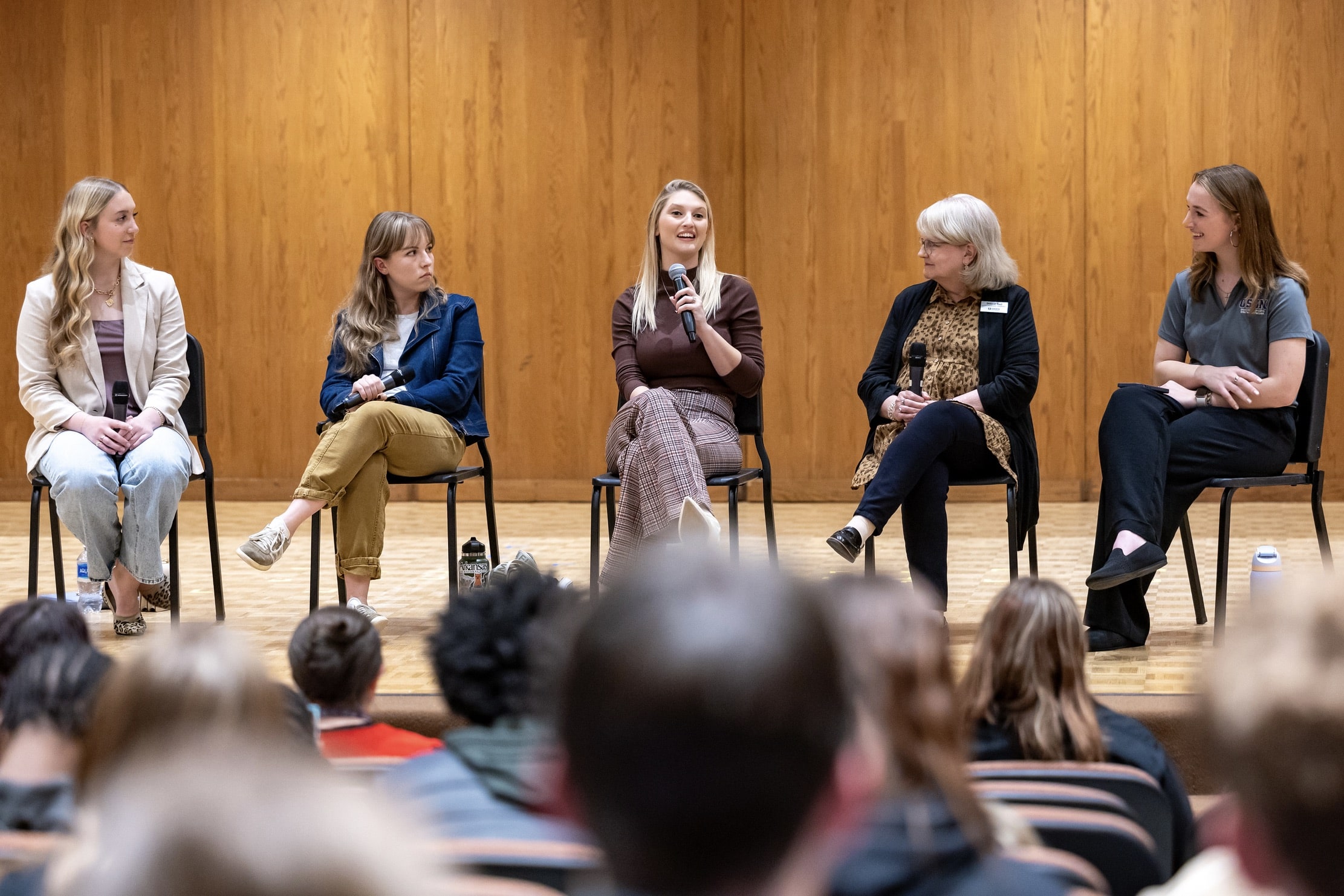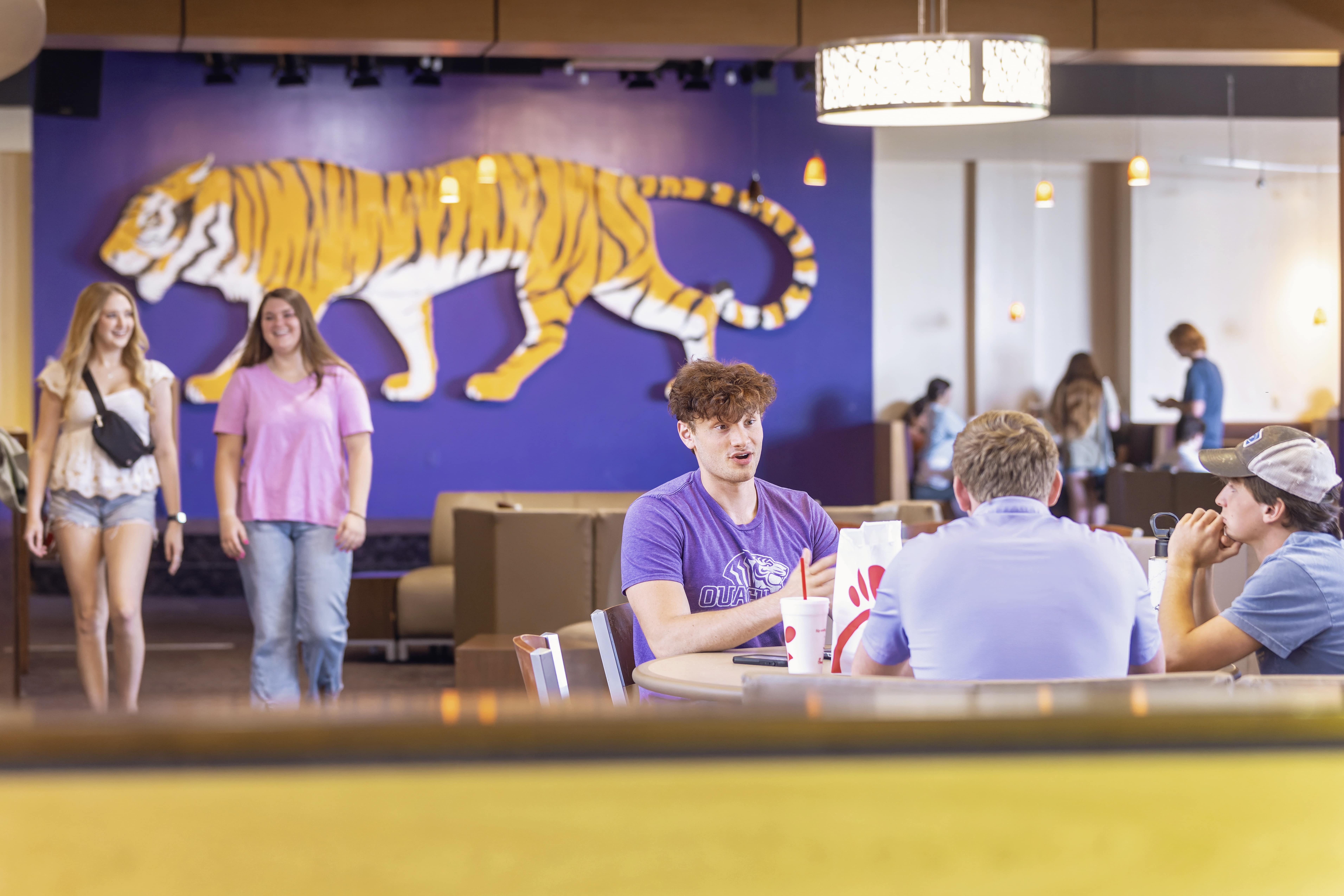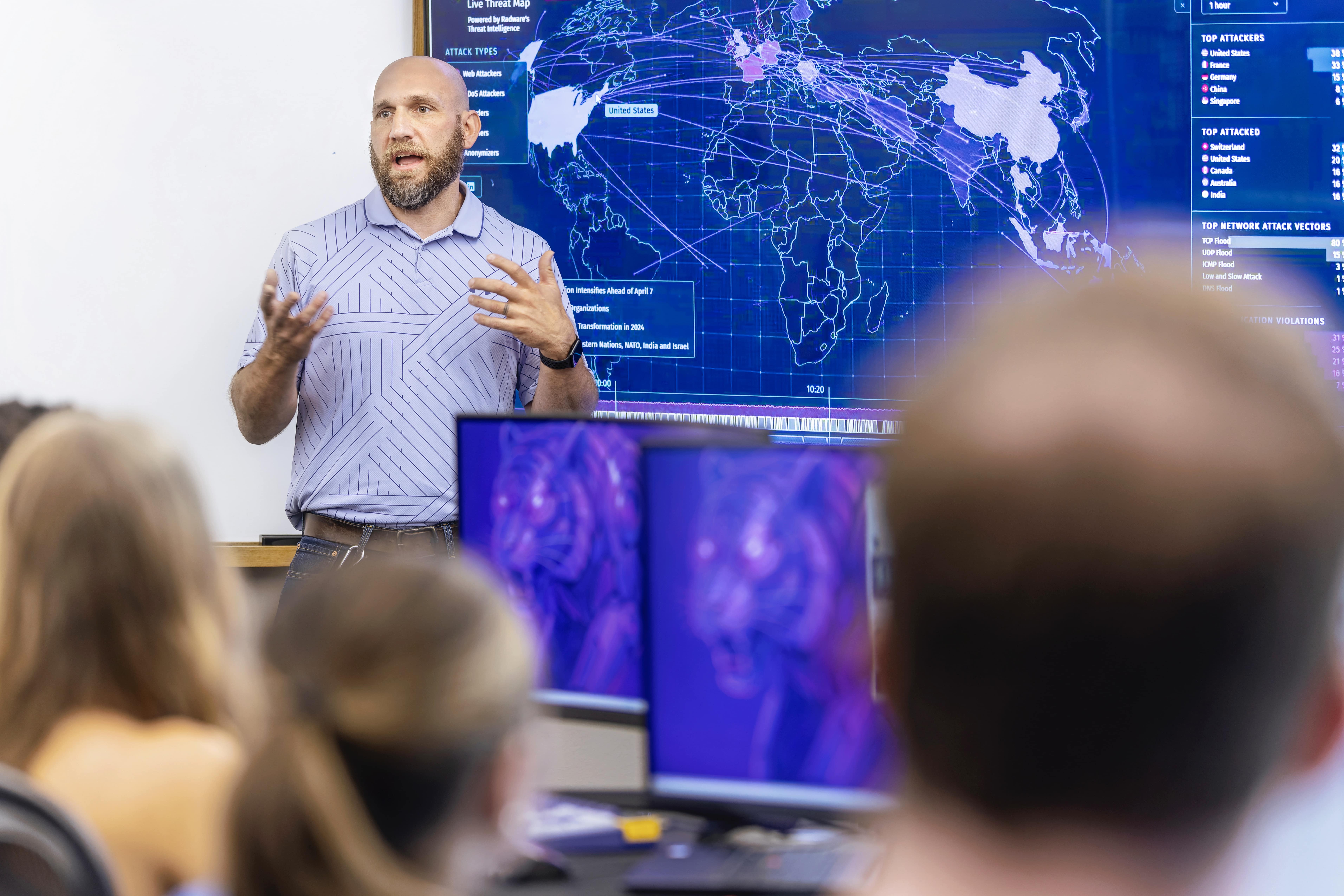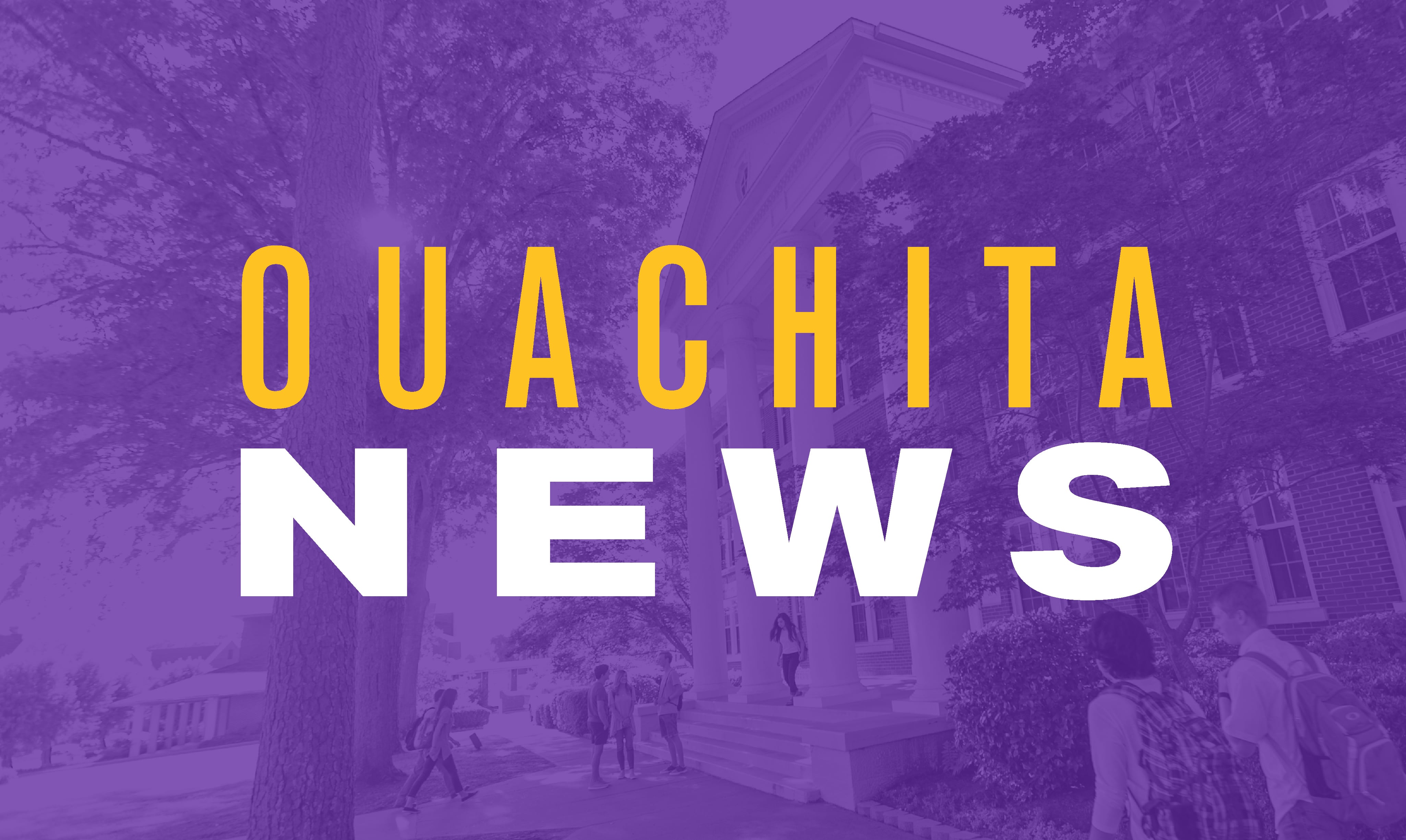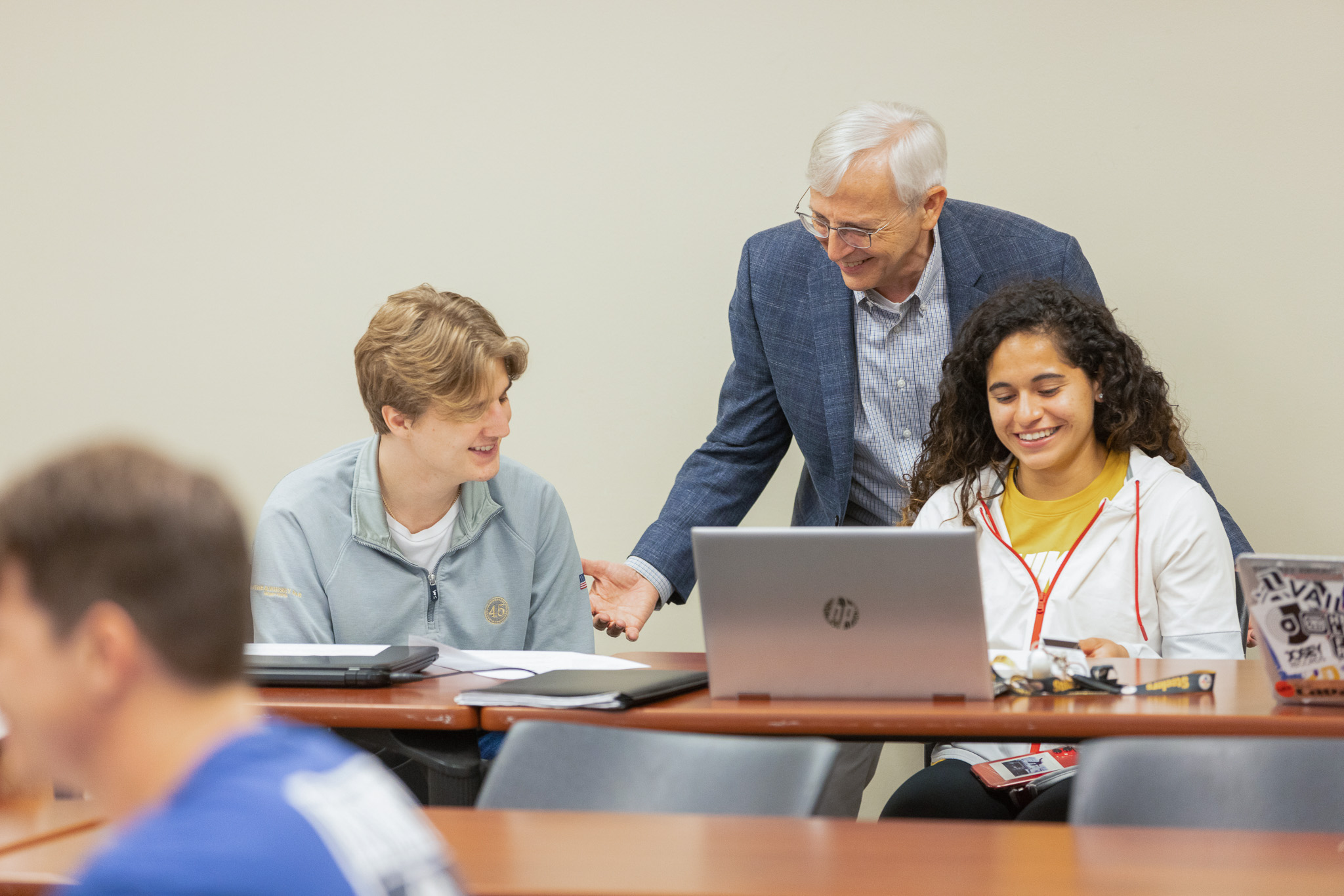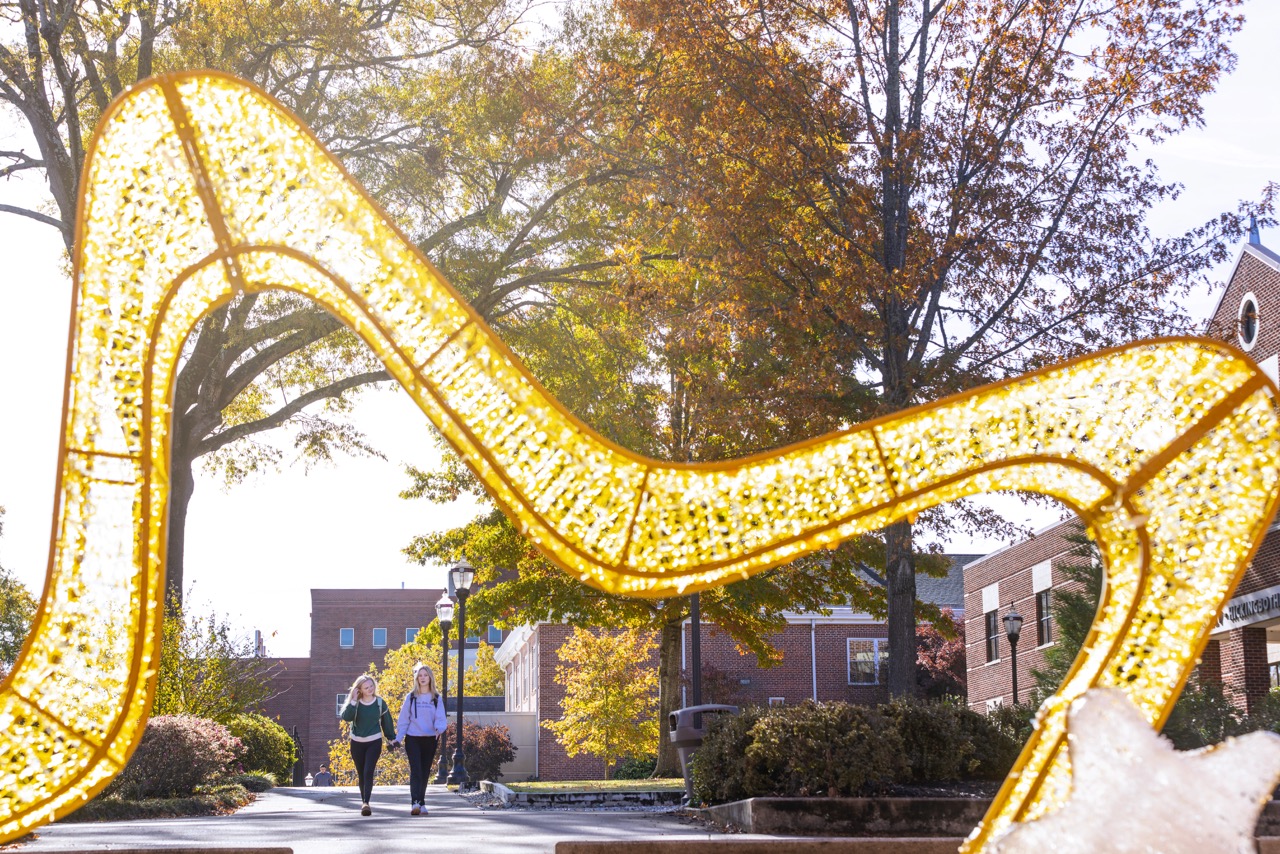Pandemic Profiles: Kevin Herrington
Network Services Administrator
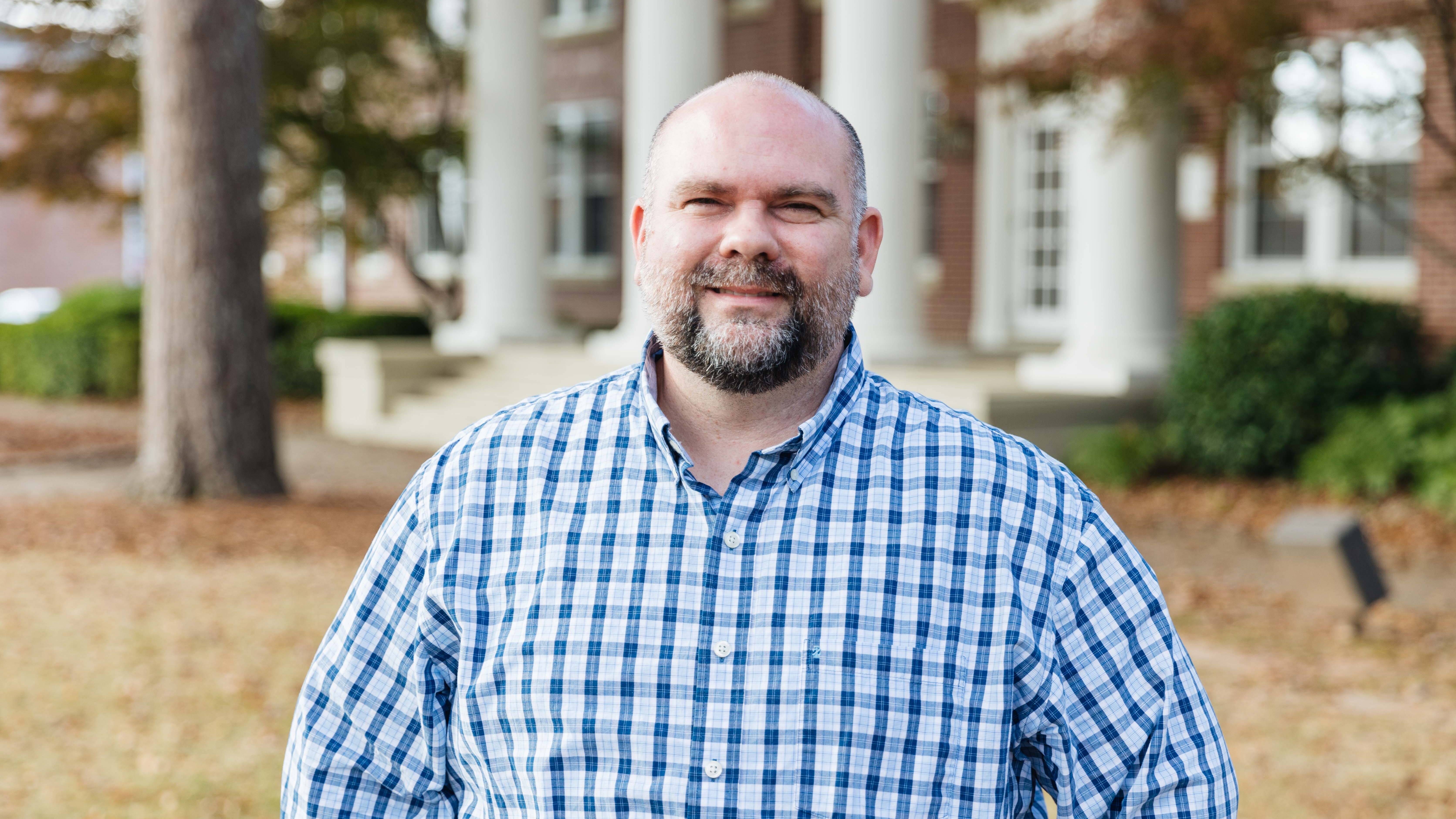 November 18, 2020
- Rachel Gaddis
November 18, 2020
- Rachel GaddisWhen Ouachita sent students home for an extended Spring Break in March of 2020, it took some by surprise. At the time, it was a temporary solution to COVID-19. When it was announced the university was transitioning to remote learning and work for the remainder of the semester, everything became much more complicated. Thankfully, Ouachita’s Office of IT Services had already been working on contingency plans for the possibility of remote learning.
“I remember the conversations Bill Phelps [assistant to the president for IT services and facilities management] and I were having in February. The U.S. was thinking it was in China, but we were thinking, ‘This could really hit,’” said Kevin Herrington, network services administrator for IT Services. “We knew if it hit, it would be all over campus. You could read the tea leaves, basically.”
Celebrating 15 years at Ouachita this year, Herrington currently manages Ouachita’s data centers – servers, infrastructure-type devices, WiFi and the network that runs to the WiFi. Usually, this involves keeping 400 faculty and staff computers online, along with an average of five devices per student – with 1,600 students on campus – including Generation Z lifelines like Apple TV and Netflix. COVID-19 presented a new challenge – delivering traditionally in-person campus services almost entirely through technological means.
“My job is centered around keeping systems running and disaster recovery scenarios, which obviously included the pandemic,” Herrington said.
With the threat of a looming disaster, IT Services began preparing over the winter. They engaged a sales representative at Zoom and discussed what it would cost for a site license so that everyone across campus could have access. Herrington worked overtime to configure Zoom into one big “Ouachita Zoom community” through the campus email.
Equipping university faculty and staff to go remote was another big project. Most had desktop computers in their offices, so IT Services began dusting off old laptops and ordering new ones. They even borrowed and reconfigured Chrome books from Ouachita’s Department of Education to be capable of administrative tasks. Next, they started buying web cameras.
“You know the doomsday-ers who buy up all the pork and beans, and people think they’re crazy? We did that with web cams,” Herrington said. “They were $40 or $50 a piece when we bought them. Later, the price went up drastically. We would call all of our vendors, and you just couldn’t get them anymore. If you look now, some are $300.”
Training faculty and staff began over the students’ extended Spring Break and continued throughout the semester. In addition to in-person and Zoom-based training sessions, they offered one-on-one support services throughout the work days. For several days, the entire IT Services team as well as the Ouachita Online team would stay on an all-day Zoom meeting to triage problems and offer the best possible response times to faculty and staff who were transitioning all of their work to the remote environment.
“We lucked out because we had these really good players,” he said. “We had the right team at the right time and were able to throw this together in a couple weeks. I’ve never seen anything come together that quick; it was a massive undertaking.”
As attention turned to fall, even though classes were being held in person, there were new tech challenges, like sourcing voice amplifiers for professors so that they can be heard through their masks or setting up a variety of webcam options throughout Ouachita’s instructional spaces. The biggest challenge was developing a solution for students who needed to attend class virtually while in temporary quarantine or isolation.
Herrington and IT Services wanted students to have the best experience and for professors to feel like they still had students in a classroom setting. Their solution was custom built “mo-flex” – for mobile/flexible – units, which included large TV monitors on carts with complete internet and Zoom access so that they could be moved to the classrooms where they are needed. This streamlined the costs and time associated with equipping campus compared to outfitting every classroom or meeting room. It also made it possible for quarantined students and professors to feel like they are present for every class session.
“I had to put myself in professors’ shoes. There’s so much technology professors have to use in addition to teaching class,” he said. “And I wanted students to sit in the front row of the class, otherwise it would just be an online class.” The team built more than 30 mo-flex units and trained faculty to use them in a matter of weeks over the summer.
“Kevin’s service to Ouachita is immeasurable,” said Phelps. “From his day-to-day work, to his vision in preparing the campus for remote learning, his selfless service has allowed us to keep going strong.”
While managing crises would not be a responsibility many would prefer in their job description, Herrington holds a perspective that is optimistic as well as realistic.
“There is a saying, ‘Don’t let a good crisis go to waste,’” Herrington said. “Part of our job is thinking a few steps ahead. This was like a big boat we had to move ahead of, scope out and figure out where to steer the boat to land.”
Photo by Tyler Rosenthal
You Also Might Like
Over 400 students and educators attend high school sports media conference at Ouachita
December 03, 2025Recent
Over 400 students and educators attend high school sports media conference at Ouachita
December 03, 2025